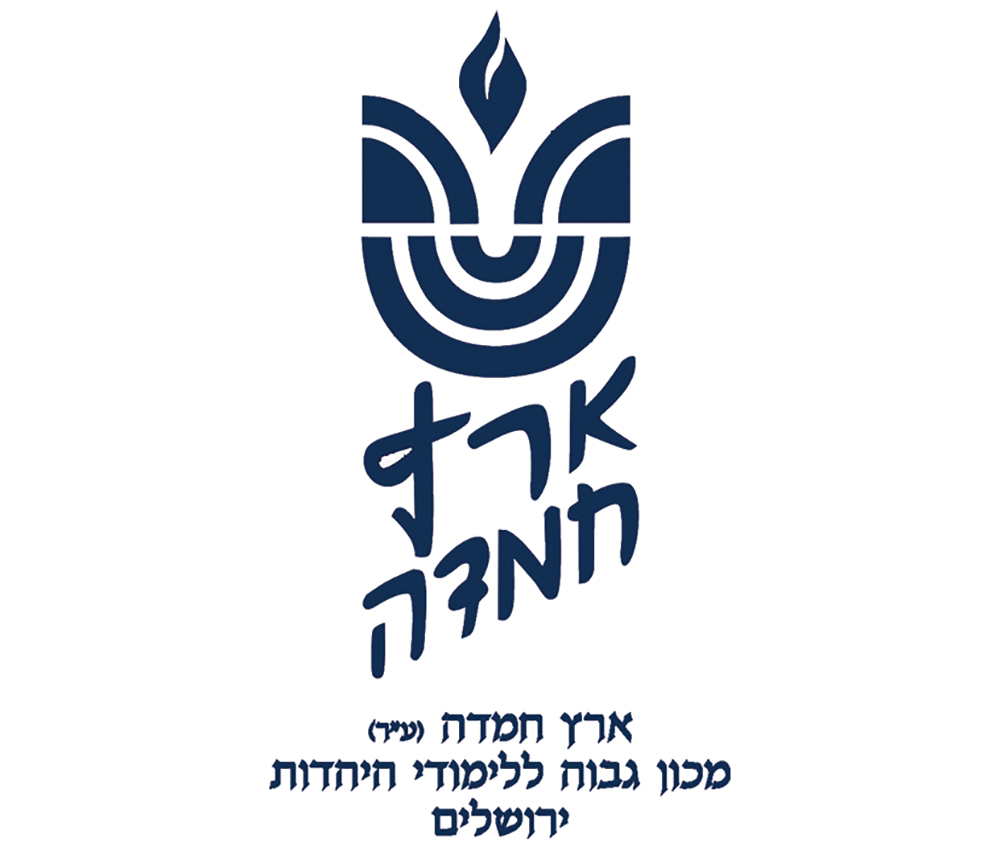לעילוי נשמת
יואל אפרים בן אברהם עוזיאל זלצמן ז”ל
Question: If I wake up not long before sof z’man tefillah (szt – a third into the day), should I go straight into Shemoneh Esrei (SE), or are there parts of tefillah that must come first?
Answer: We accept the latter opinion among Tannaim (Berachot 26a, 27a) that the end time for Shacharit is “after four hours” (Shulchan Aruch, Orach Chayim 89:1). However, one may daven Shacharit until chatzot, just that he loses the element of being on time (ibid.)
Some sources on relative prioritization of elements of tefillah enjoy a (partial) consensus; from there, we can also extrapolate. It is better to recite SE without a minyan before szt than tefillah b’tzibbur afterward (Shulchan Aruch, OC 90:10). Seeking tefillah b’tzibbur, still, justifies skipping parts of tefillah. One may skip the majority of Birchot Hashachar, as they can be done after davening (Rama, OC 52:1). (Yechaveh Da’at (V:5) says to do Birkat Hatorah and Elokai Neshama beforehand.) The Shulchan Aruch (OC 52:1) rules that one can skip all of P’sukei D’zimra to make tefillah b’tzibbur. Most Ashkenazi authorities say one can only greatly shorten but not eliminate P’sukei D’zimra (Mishna Berura 52:6). Kri’at Shema (=KS) and its brachot are not skipped or shortened for that goal (ibid.). Tallit and tefillin are also put on before davening (see Mishna Berura 66:40; Berachot 14b) even if it will cause him to miss tefillah b’tzibbur, despite the fact these mitzvot apply all day.
How do these elements stand up to the value of making szt, which we have seen is more critical than tefillah b’tzibbur, even though it can be done fully after “its time”? The Mishna Berura (66:40, based on Magen Avraham 66:12) says that if putting on tefillin will cause one to miss szt, he should don them after SE, just as he puts off putting them on to make sof zman KS (ibid.). It is actually more of a chiddush regarding szt, because davening Shacharit before and after szt are both fundamental Rabbinic mitzvot. In contrast, one who misses sof zman KS, while he should still read it with its brachot for another halachic hour (Shulchan Aruch, OC 58:6), has lost that mitzvah from the Torah, and his subsequent recitation is apparently much less fundamental (see Berachot 10b and Rashi ad loc.).
Regarding skipping all of P’sukei D’zimra, it seems logical (although one can readily disagree) that since there is a major machloket (see above) regarding doing so for tefillah b’tzibbur, it is worthwhile to skip it to make szt. Regarding doing KS and its brachot before SE at the expense of szt, Tefilla K’hilchata (3:(82)) posits based on his own logic, that the importance of going from Ga’al Yisrael into SE is too great to forego in order to daven SE at the preferred time. This approach is strengthened by another consideration. Although it should be possible to recite KS and its brachot after SE (as sometimes is done at Ma’ariv – Shulchan Aruch, OC 236:3), in this case, as szt is about to pass, most poskim posit that it becomes too late to recite the brachot of KS (Shulchan Aruch, OC 58:6). Thus, if one is ready for either KS and its brachot or SE (with, let’s say, five minutes until szt), if he does KS first, he will get to do everything, but if he does SE first, he will not only not lose the connection of geula and tefillah but also lose the brachot of KS.
A final factor that gives options and also complicates matters is the prospect of being able to start but not finish SE by szt. In general, we pasken that we must finish SE on time (Mishna Berura 89:5). However, there are significant opinions (including Aruch Hashulchan, OC 110:5) that it suffices to begin by szt. If one knows he will be able to start SE on time if he does an abbreviated P’sukei D’zimra and is unsure whether he will or will not finish it, it is likely worthwhile to try to do so, especially since it is definitely permitted to do SE even after szt.
Rabbi Mann is a dayan for Eretz Hemdah and a staff member of Yeshiva University’s Gruss Kollel in Israel. He is a senior member of the Eretz Hemdah responder staff, editor of Hemdat Yamim and the author of “Living the Halachic Process Volumes 1 and 2” and “A Glimpse of Greatness.”












